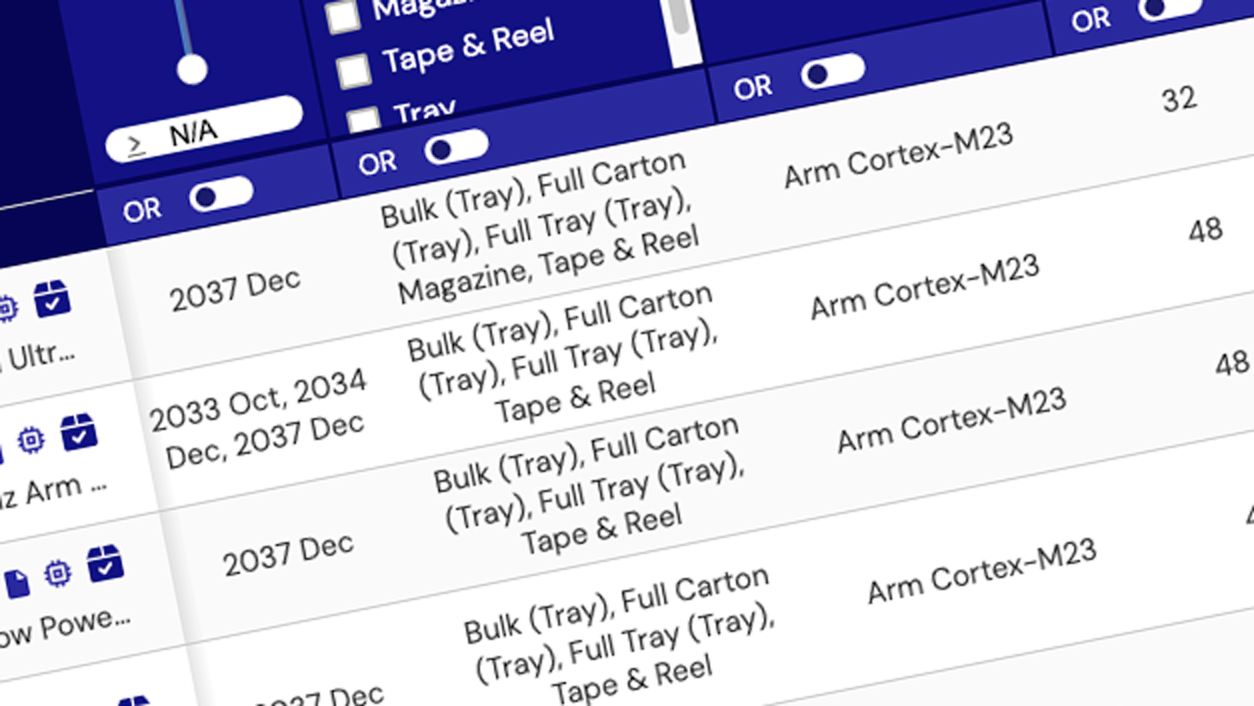特許取得済みの Zero-Distortion™ 技術を採用した Renesasの RF ミキサー製品群は、レシーバが所望の信号対雑音比(SNR)で耐えることができる最大シグナル レベル(IM3トーン)を劇的に改善します。 これらのデバイスはスケーラブルであるため、高いリニアリティを維持しながら消費電力を大幅に削減するモードでデバイスを動作させることができます。
- 競合他社のミキサーと比べて、3次相互変調(IM3)の歪みを最大 20 dB(> 90%)低減
- 隣接妨害波に悩まされている、十分に活用されていないスペクトルのカバレッジを改善
- RF 利得制御の必要性を最小限に抑えることにより、RF フロント エンドとソフトウェア設計を簡素化
Renesas は、優れた帯域外性能を備えたアクティブ ミキサーを提供しており、事前フィルタリングの要件を緩和します。 RF と LO のバランは内蔵されており、簡素化された 50 オームのインターフェースが可能です。 IF ポートは、低偶数次の歪みのプリ ADC フィルタを駆動するために差動 200 オームとして構成されています。 かかるソリューションは、デュアル ミキサーとシングル ミキサーの両方で利用できます。
2 x 2 および 3 x 3 スパー: これらの帯域内スパーはフィルタリングすることができないため、RF ミキサはシステムのためにすべての拒否を行う必要があります。 Renesas の RF ミキサー製品群は、これらの主要スパーに対する非常に高い除去率(> 70dB)を誇ります。
強力なパワー ダウン モード: Renesas のアクティブ ミキサーは、< 200 ナノ秒で完全にオンまたはオフにすることができ、最新の TDD システムには最適です。 また、LO ポートのインピーダンスはオフ状態では実質的に変化しないため、合成器の引き込みの可能性を最小限に抑えます。
スケーラビリティ: 複数の動作モードに加えて、すべての Renesas ミキサには、消費電力対リニアリティのスケールをさらに下げるための外付け抵抗オプションが含まれています。 電流をさらに低減しながら > 32 dBm OIP3 を維持し続ける方法に関するアプリケーションの記述については、製品ページを参照してください。 Renesas のシングルおよびデュアル ミキサー ポートの製品群については下表を参照してください。

